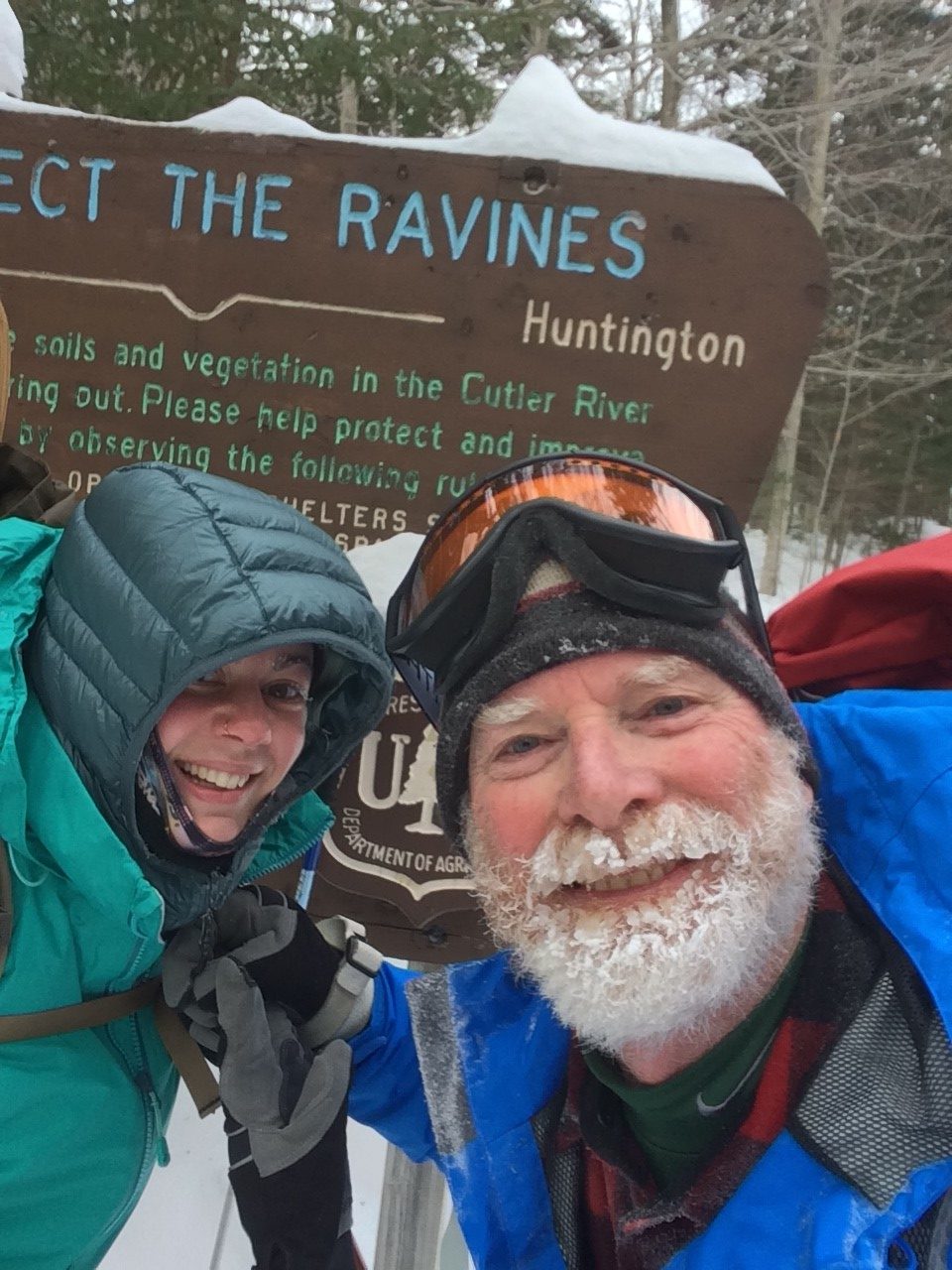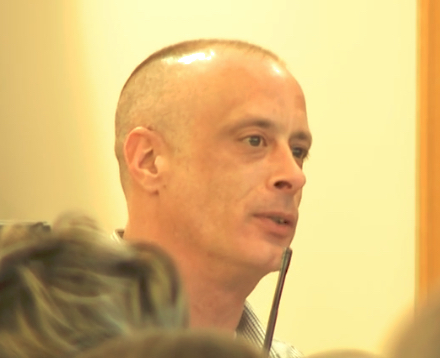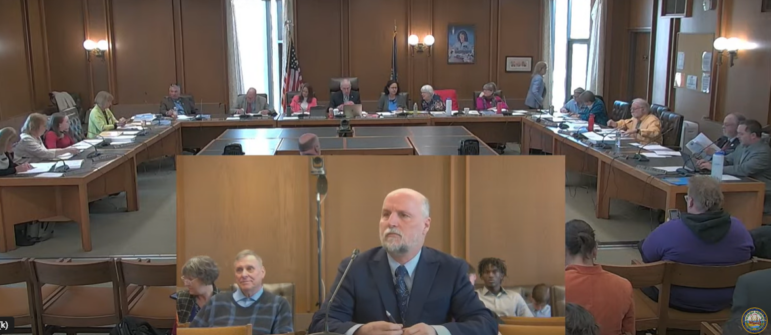
In the two weeks after Thanksgiving it snowed a lot and then rained a lot.
The roller coaster weather prompted me to call Tim Boutin at Absolute PowerSports in Gorham to ask how business was going. Absolute PowerSports is a locally owned operation in business for many years specializing in snowmobiles, ATVs, side by sides and the like.
Tim told me the business for snow machines has been flat for the past eight to ten years, but his ATV business in growing “remarkably.”
Outdoor winter recreation is a critical economic driver for New Hampshire’s four northern counties and is vital to the entire state. Thousands of work hours and millions of dollars hang in the balance of a couple of degrees on the thermometer.
In a recent radio interview on New Hampshire Public Radio both Kris Blomback, general manager at Pat’s Peak, and Ben Wilcox, president and general manager at Cranmore Mountain Resort, said weather is what keeps them up at night. To prosper, they, their employees, not to mention the gas stations, restaurants, breweries, ski shops and inns, depend on 100 days of snow-covered peaks and trails.
More than ten years ago I commissioned a study on winter tourism and climate change. University of New Hampshire (UNH) professor Cameron Wake; Laurence Goss, then a professor for tourism research at the Institute for New Hampshire Studies at Plymouth State University, and Elizabeth Burakowski, then a UNH graduate student, combined their expertise to look at how temperature had influenced local economies in New Hampshire’s northern counties between 1984 and 2006.
What they found was not surprising: Cold, snowy winters brought more visitors and generated more economic activity than warm, slushier winters.
Their research revealed what’s at stake regarding climate change and northern local economies. They found:
- Warm, slushy winters meant 3,000 fewer jobs – a loss of 4 percent of North Country winter employment.
- 33 percent fewer skiers visited New Hampshire in low- versus high-snow years. Alpine ski ticket sales declined by 15 percent, or almost $12 million dollars. Nordic ski ticket sales dropped by almost 30 percent, or $650,000.
- Snowmobile registration license fees drop by almost 30 percent, a loss of nearly $1 million.
- Total ski ticket, fishing license and snowmobile registration fees declined by 14 percent, a loss of over $13 million in warm, slushier winters.
During the winter quarter (December-March) almost 40 percent of our state’s total visitor spending goes to the North Country. Almost 80 percent of that is spent on snow- and cold-dependent outdoor recreation: skiing, ice fishing and snowmobiling. During the winter quarter, the North Country generates one-third of visitor rooms and meals tax revenue, an incredibly important stream of cash for New Hampshire.
What’s past is prologue. In 2018, climate and social scientists, including Burakowski, now a PhD, expanded upon this early climate and winter tourism research with the national report “Economic Contributions of Winter Sports in a Changing Climate,” which includes additional data and analysis.
Even more recently, earlier this month, Climate Central reported that Concord winters are 5.6 degrees Fahrenheit warmer today than they were in 1970. Businesses like Tim Boutin’s are adapting before our eyes. More ski slopes now offer three and four-season recreation. Former President Barack Obama signed into law the Ski Area Recreational Opportunity Enhancement Act allowing ski slope operators on federal land to more easily offer recreation opportunities that don’t need snow, including zip lines, mountain bike trails and even open-air concerts. By my count, nine ski areas operating in the White Mountain National Forest would depend on this law.
Fifty miles from the New Hampshire border investors are pledging $38 million to re-develop Saddleback, Maine’s third-largest ski area, into a four-season resort.
Of course, the changing interests of millennial and GenX consumers are influencing changes in business. But many in the winter sports industries understand they are faced with warmer winters and know they have to respond. Pat’s Peak and Cranmore are making higher quality snow at a lower cost.
Cranmore, meanwhile, also is a trailblazer when it comes to using clean energy and reducing energy consumption. I interviewed President Ben Wilcox on camera in 2017 (3 minutes on You Tube). Under his leadership and with the support of the owners, Cranmore has embraced innovative technology for many years. Today, they offer electric vehicle charging stations, and they have a state-of-the art electric hybrid trail groomer and super-efficient snow guns that make more snow with much less energy.
The $50 million complex of 106 condominiums and new base lodge being built will be heated using electric heat pumps, not fossil fuels. State and utility incentives and a strong partnership with the New Hampshire Electric Cooperative made efficiency improvements possible for Cranmore, and skiing customers applaud the resort’s leadership in energy efficiency.
Local examples of innovation and clean energy leadership are positive reminders that solutions are out there, and all of us – consumers, businesses, utilities and state government – must ramp up our transition to clean energy.
Happy holidays and raise a seasonal toast to 100 or more days of skiing and snowshoeing in New Hampshire!
Roger W. Stephenson has been involved in the communication of climate change science and solutions since 1991. He is the Northeast advocacy director for the Union of Concerned Scientists and lives in Stratham, N.H. He has a B.S. in zoology and a graduate degree in wildlife biology from the University of New Hampshire. He writes Field of View: Climate Change Through a New Hampshire Lens as a public service and InDepthNH.org distributes it to all news outlets in New Hampshire. This column is based on science performed by researchers at leading institutions and on the National Climate Assessment, a congressionally mandated report developed by thirteen federal agencies to help the nation “understand, assess, predict and respond to” climate change. The opinions expressed belong to the writer and do not reflect the publication’s views.





